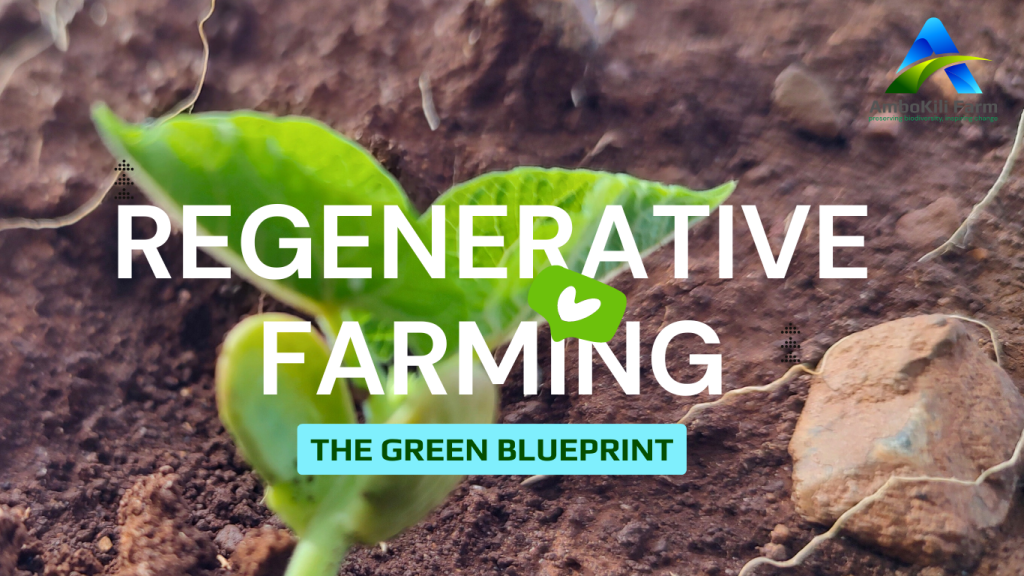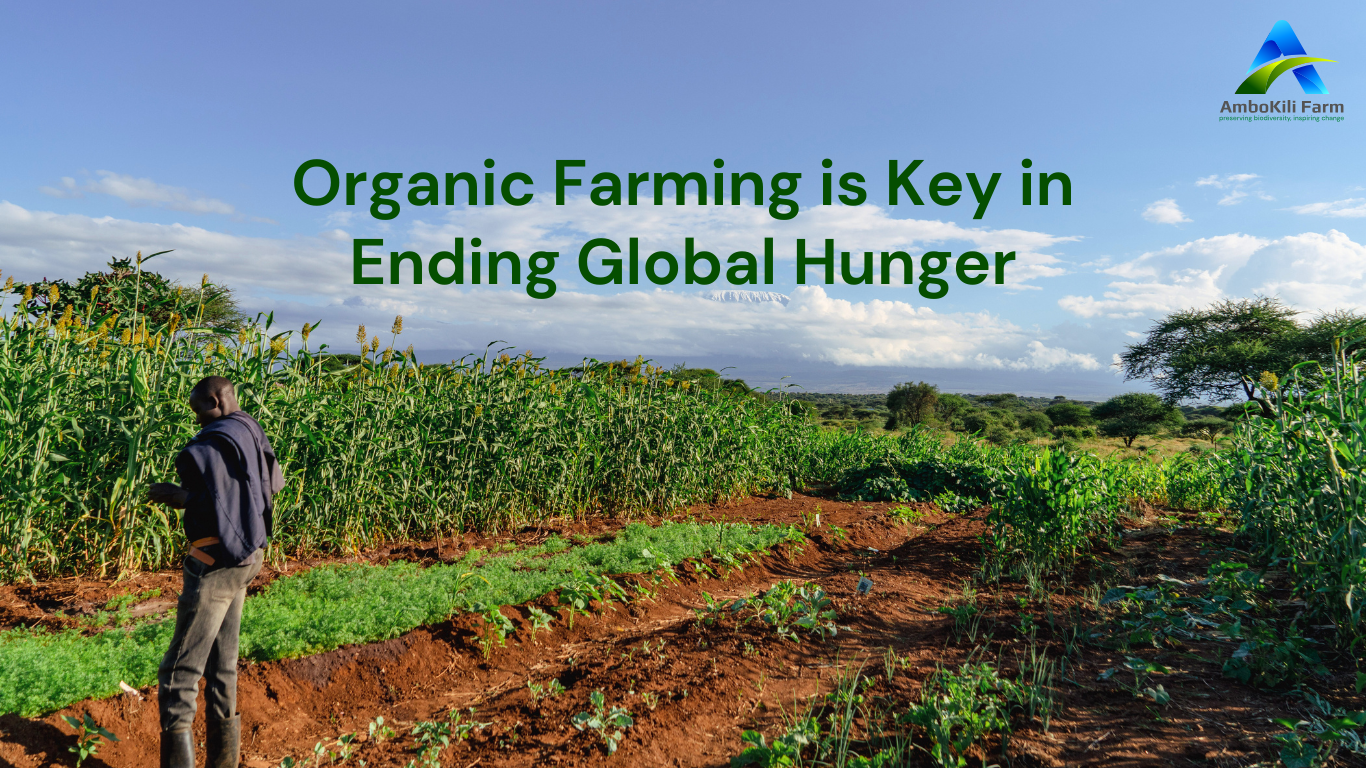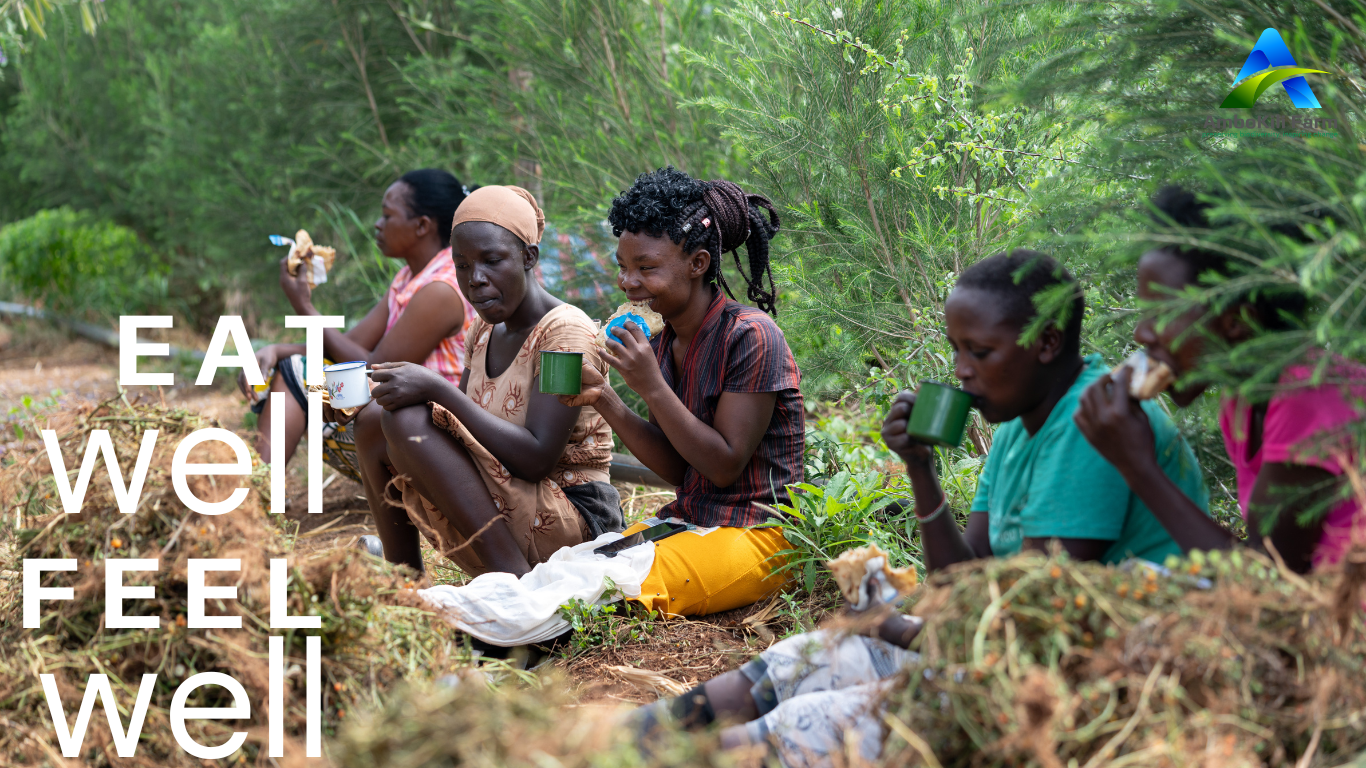
Imagine a world where farming doesn’t just sustain our food needs but also heals the Earth. This is the promise of regenerative farming—a practice that goes beyond sustainability to restore and rejuvenate the land. But what exactly does this mean?
“Sustainability is just damage control. We need to go beyond that.” While conventional agriculture often prioritises short-term gains, regenerative farming takes a long-term approach. It’s not just about avoiding harm; it’s about actively improving soil health, increasing biodiversity, and creating resilient ecosystems.
But how does it work? Regenerative farming harnesses the power of natural systems—think of it as partnering with nature to create self-sustaining cycles. Instead of depleting soil nutrients, it focuses on building organic matter. Instead of fighting pests and weeds, it leverages biodiversity to create natural checks and balances. The goal? To produce abundant, nutrient-rich food while reversing climate change and restoring degraded lands.
It might sound ambitious, but the principles are rooted in ancient wisdom. Indigenous communities around the world have practiced these methods for centuries, long before modern industrial agriculture took over. Today, regenerative farming is gaining traction as a solution that addresses not just food production but also some of the most pressing environmental issues of our time.
What is Regenerative Farming?
The term “regenerative agriculture” was coined in the 1980s by the Rodale Institute, yet it’s only in the last decade that it has garnered global attention. But what is regenerative farming, exactly?
Here’s a paradigm shift: While conventional farming aims to maintain or “sustain” current soil conditions, regenerative farming is focused on improving them. Imagine a farm where each harvest leaves the soil richer, the water cleaner, and the ecosystem healthier.
Regenerative farming is defined by its emphasis on building soil health through practices that increase biodiversity, improve water cycles, and enhance ecosystem services. This means that, unlike traditional methods that treat soil as an inert growing medium, regenerative practices view soil as a living organism teeming with life—microbes, fungi, and other organisms that are crucial for plant health and growth.
Did you know? Soil contains 25% of the planet’s biodiversity. A single teaspoon of healthy soil has more living organisms than there are people on Earth. Yet, over 52% of agricultural land is now considered degraded, according to a UN FAO report.
So, how does regenerative farming address this? By employing a range of practices designed to restore, revitalise, and renew.
What are Regenerative Farming Practices?
“It’s not just about what you grow, but how you grow it.” The beauty of regenerative agriculture lies in its diversity—there’s no single formula. Instead, it’s a holistic system that integrates a variety of time-tested techniques tailored to the specific needs of each farm. Here’s a breakdown of some core regenerative farming practices:
A simple practice prevents erosion, suppresses weeds, and enriches soil all at once. That’s the power of cover crops—plants grown specifically to cover the soil during off-seasons. Think of them as a living blanket that protects the land.
According to a study in the Journal of Soil and Water Conservation, fields with cover crops have up to 60% less soil erosion than bare fields. Cover crops like clover, vetch, and rye don’t just shield the soil; they also fix nitrogen (a vital plant nutrient) and foster beneficial microbial activity.
Studies show that no-till practices can increase soil organic matter by up to 30%, reduce water runoff, and boost crop resilience. Traditional tillage disrupts soil structure, kills beneficial organisms, and releases stored carbon into the atmosphere. No-till farming, in contrast, leaves the soil undisturbed, allowing natural processes to unfold. It’s like giving the soil a chance to heal and build its natural defenses.
Agroforestry
The Journal of Environmental Management highlights that agroforestry systems can store up to 10 times more carbon than conventional fields. Picture a farm that looks more like a forest. Agroforestry combines trees with crops and livestock to create layered ecosystems that mimic natural habitats. This practice enhances biodiversity, provides shade and shelter, and even sequesters carbon. Think of it as turning farmlands into carbon sinks.
Polycultures and Crop Diversification
Why put all your eggs in one basket? Monocultures—growing a single crop over a large area—are highly vulnerable to pests and diseases. Polycultures, on the other hand, create diverse ecosystems that are self-regulating and resilient.
In a landmark study published in Nature, researchers found that polycultures are 108% more productive than monocultures. More diversity means more stability, more nutrients, and ultimately, more food.
How Does Regenerative Farming Affect the Environment?
The environmental impacts of regenerative farming are profound. You don’t just produce food, but also clean water, rich soil, and a balanced climate.
- Soil Health: Regenerative farming restores soil structure and increases its organic matter content, making it a powerful tool for carbon sequestration. It’s estimated that if all cropland were managed regeneratively, we could store up to 100 billion tons of carbon by 2100, according to the Rodale Institute.
- Water Retention: Healthy soils act like sponges, absorbing and holding onto water. This reduces the risk of flooding and drought, making farms more resilient to extreme weather events. Studies show that regenerative soils can hold up to 20,000 gallons of water per acre—enough to keep crops thriving during dry spells.
- Biodiversity: By integrating diverse plant and animal species, regenerative farms create habitats for pollinators, birds, and other wildlife. A Global Change Biology study found that regenerative practices can increase on-farm biodiversity by 40% compared to conventional farms.
How You Can Start Regenerative Farming
Ready to dig in? It doesn’t happen overnight, but here’s a roadmap to get started:
- Start Small: Begin with a single regenerative practice, such as planting cover crops or reducing tillage. Monitor the results and gradually scale up.
- Test and Learn: Every piece of land is unique. Experiment with different cover crops, rotations, and grazing patterns to find what works best for your soil.
- Get Support: Seek out regenerative farming networks like Ambokili Farm for resources and community support.
- Measure Impact: Track your soil health, biodiversity, and water retention. This will not only help you fine-tune your practices but also showcase the benefits of regenerative farming to others.
So, are you ready to embrace a new era of farming—one where every harvest leaves the land richer than before? Stay tuned for more insights on specific regenerative practices, and let’s build a more resilient, abundant food system together.


